BY DAYA SAGAR
Senior NC leader Ajay Sadotra has been quoted as having said that no decision for the site of the Central University in J&K has been taken yet and no team from MHRD has visited J&K for selection of land. J&K State Cabinet also resolved on 31st July to approach GOI for sanctioning two Central Universities for the two regions. May be GOI agrees for two Universities but still the need is to remove the misunderstandings like shifting the University to Kashmir that was sanctioned for Jammu .The inter regional divides amongst the YOUTH of J&K must be checked. Rather Omar Abdullah, the youthful CM , must come out with a white paper on the actual status on (i) the proposals and sanctions already issued for Central University for Jammu & Kashmir and (ii ) the reasons for setting up the temporary office of the Vice Chancellor of Central University at Srinagar. Let Kashmir Region too get the Institutions that are needed there but Government should not become party to any regional competition ( with bitterness} between the people as regards demands.
Those who claim that a Central University was sanctioned for locating in Jammu Region and land was selected in Samba area ( district) must too immediately come out with any documentary evidence that they have. The Divisional Commissioner Jammu has been quoted earlier by media as having denied this.
The student community of Jammu region is very much disturbed and is on the roads. Their protests are genuine. The youth of Jammu region has always demonstrated courage and concernedness for securing their future when ever some discrimination / neglect has been sensed by them or has been disclosed to them . They have even sacrificed academics and worked for the objectives for which local leaders of Jammu should have otherwise worked. Elders must ensure that the valuable period of career building is not used for non academic purposes. Over the years the political leadership has not much worked for the ultimate cause. May it be development, employment, education or tourism.
As regard setting up Central University in J and K daily some statements and disclosures are being made by the leaders including those from within the present Government and those who have remained in the Government on the issue of setting up Central University . To check the confusions and distrust growing Government should come with a white paper on sanction of Central University for J&K so that the issues could be targeted to a solution and the youth in particular is saved from divisive ideologies.
It was during the first quarter of 2008 that Ghulam Nabi Azad discussed the issues regarding Central University, IIM, Tribal University and like with the HRD and other ministries. The leadership from Jammu should have held the threads right from that time instead of raising the issue much after even when The Voce Chancellor of the Central university started operating from his office in Srinagar. Rather , if serious, the leadership should immediately come out shedding all political reservations to impress upon the Government that the backward and distanced areas of Jammu Region do need a Tribal University, IIM , IIT ( IIIT ) and a Central University . Udhampur, Doda , Poonch / Rajouri Districts have genuine claims.
Regional divides have grown over the years between Jammu Region and Kashmir Region. The political leadership has rather more actively taken part in broadening the gulf after 1995. Some one may say it after 1990 but I shall not agree since at time local leaders were too weak to prepare a strong political working ground in J&K. The Militants and anti India insurgents had in 1990 materially and psychologically over powered the main stream leadership of J&K. I would rather say , the leadership of Kashmir Valley, since it was only Kashmiri leaders who were till then more recognized by New Delhi to represent J&K.
After 1995 political fields were prepared under the security cover and with moral & economic support from New Delhi. But still under the circumstances the Kashmir based leaders had ( were rather compelled } to behave more Kashmir specific . Valley specific social, economic and administrative issues appeared better tools to the political leaders in Kashmir Valley to gain some grounds over separatist forces and growing pressures of separatist ideology. 29th Constitutional amendment bill of 2002 was a step in this direction .Sanction of 4 new districts in 2006 for Kashmir Valley as against just one recommended by Wazir Commission (1984) too was one such action .
Kashmir Hindu had totally deserted the Kashmir Valley under the pressures of the pro Pakistan / anti Hindu elements in 1990. Migrants appeared having lost hopes of return to Valley . Since after 1990 over 98 % of local population in Valley comprised of muslims any questions raised by people or parties for the cause of Jammu was named by some leaders from Valley as even anti Muslim. Inter regional issues between Jammu & Kashmir hence were given some communal face lift as well by some leaders. Very less has been done to check it.
At the same time the political competition for votes grew more in Kashmir valley amongst NC, PDP, Congress , others. Kashmiri leaderships looked for some new fields and strategies to expand their base out side Kashmir valley on regular basis. The Kashmir centric leadership had for over 50 years totally neglected far flung / distant /backward / poorly connected areas of Jammu region as regards education, employment, industry, local crafts , agriculture, horticulture and services .They started using the religious brotherhood tools in Poonch, Rajouri, Doda and adjoining areas. They sensed some soft targets in the muslim majority areas of Jammu region. The people of poor backward areas of Jammu region were too innocent and simple to know level of neglect . No doubt the leadership in Jammu Region was more near to centers of information and power was based in Jammu district and they too did not move out near to areas Rajouri, Poonch, Doda, etc. Masses from Poonch/ Rajouri/ Doda who were otherwise the worst sufferers did not go with the protests / projects to undo the neglect of Jammu Region. So in general when ever some major neglect was pointed out against Jammu region it was given the colour of protests by Hindu majority areas .Any how some local politicians did reap benefits on the side lines. The Shri Amarnath Yatra land agitation of June 2008 and half hearted delimitation commission demands could be quoted in this regard.
But it would be unfair to only blame the Kashmiri leadership. The leaders from Jammu too have not lagged behind to cultivate their “ own crops” in the fields of the common man of Jammu region. They have at occasion raised some issues on regional basis in the name of discrimination. But firstly their agitation were half hearted and after obtaining some political mileage for their self or their parties they left the issues half way. It was during the NDA Government times that upgradation of Jammu Medical College Hospital to the level of a Hospital as of AIMS was sanctioned. Shushma Swaraj laid the foundation stone of the Hospital in the CDS Hospital Complex GMC Jammu. During the same period 6 Regional Centers of AIMS were also sanctioned by GOI. Sh. Lal Singh Ji was Health Minister of J&K and Sh Chaman Lal Jee was MOS in NDA Government. Earlier Mr. APJ Kalam, had suggested during AIMS Convocation that AIMS like super specialist health services need be taken near to atleast suburban areas if not rural areas. Sushma Swaraj , the then Union Health Minister announced at the same venue that Union Government had decided to established 6 Regional Centers of AIMS in different States. She did not name the states. Immediately after this was made known through media suggestions were made that J&K Government should stake claims for one the Regional Centers of AIMS. I had even called on Lal Singh Jee through one of my coloumns that without any prejudice to people of Kashmir Region JK Government could demand a Regional AIMS Center instead of upgradation of Jammu Medical College Hospital .Upgraded hospital had only one time grant where as for a Regional AIMS center the expenditure would be born by GOI on recurring basis. The Regional Center of AIMS could be located any where in Udhampur or Doda Districts of J&K in line with the suggestion of then President. Kashmir already had SKIMS and more over the connectivity and nearness level in Kashmir region was much better than that in areas like Doda or Udhampur Districts . But no heed was paid nor any sound case was prepared and agitated by other Jammu leaders. Sh. Lal Singh Jee and Sh Chaman Lal jee would correct me in case they had contested for obtaining REGIONAL Center of AIMS as against a simple upgradation of the hospital but could not muster that much scope. It is now nearly 6 years since Sushma laid the foundation stone of the AIMS like Hospital ( not an Institution like AIMS) but what to talk of Regional Center of AIMS even the hospital is no where in sight ( simple bricks and cements can not treat patients }. Even the existing CT Scan facility and Dialysis facility is not so readily available in the GMC where as the so called understaffed private centers are rarely non functional. It was during the times of Gulam Nabi Azad that work could pick some pace and that too after Kashmiri leaders succeeded in getting grant from GOI for upgradation of a hospital also in Kashmir. It has to be appreciated that Kashmiri leaders have more firm concern for their region.
The tourism of Jammu region has remained most neglected . It is not that Jammu region tourism potential has been neglected only after 1947, it was not given due attention even during the days of Maharaja. One would argue that in Maharaja’s times no sufficient money was available to develop new road network and new tourist resorts. But after independence funds should not have been problem. For name sake all talked of Bhaderwah as mini Kashmir but no one could find the name of Bhaderwah and Kishtwar saffron in J&K tourism promotion literature. It would be wrong to accuse a Kashmiri for this. Rather the leaders from Jammu region have rarely come up with forceful proposals and demands for development of tourism potential of Jammu Region. It was again only after Ghulam Nabi Azad who had to contest from Bhaderwah that some measurable work has started around Bhaderwah, but infrastructure around it ( including even road to Sanasar ) is still neglected.
*( Daya Sagar is social activist and leading scribe on Kashmir affairs dayasagr@yahoo.co.uk)
Filed under: Articles by Daya Sagar, Central Universities in India, Current Affairs, Discriminations with Jammu, Jammu blog, Jammu Emotions
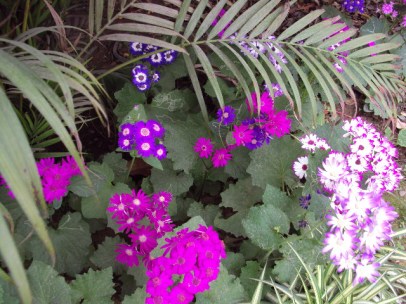
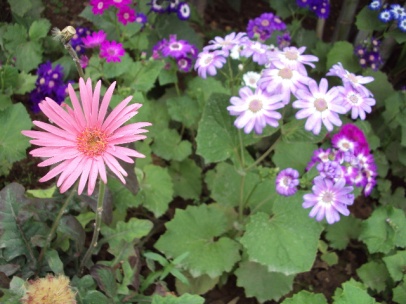
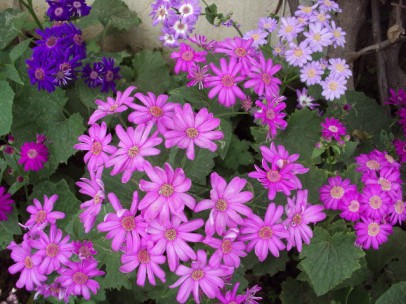
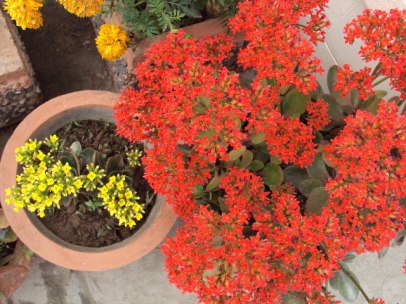
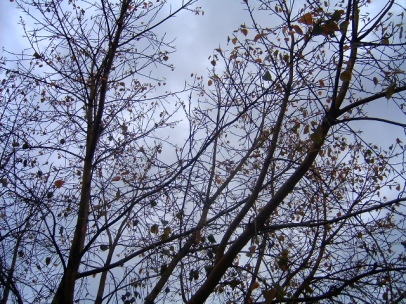
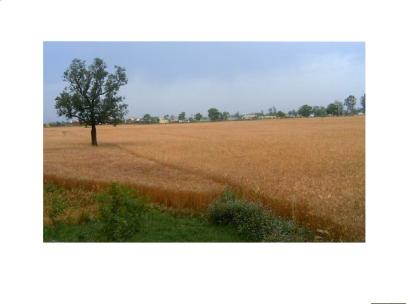
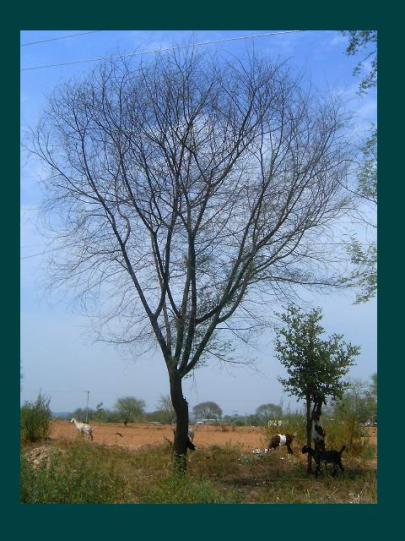
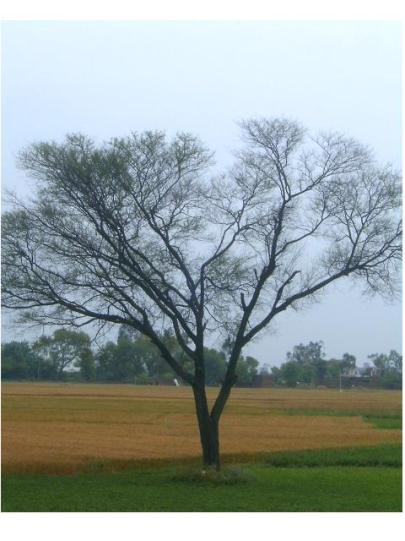
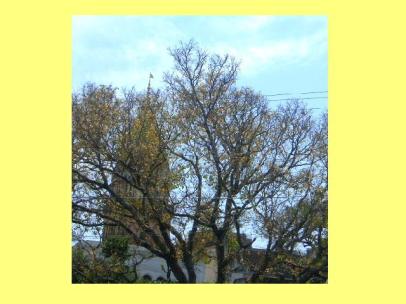




Recent Comments